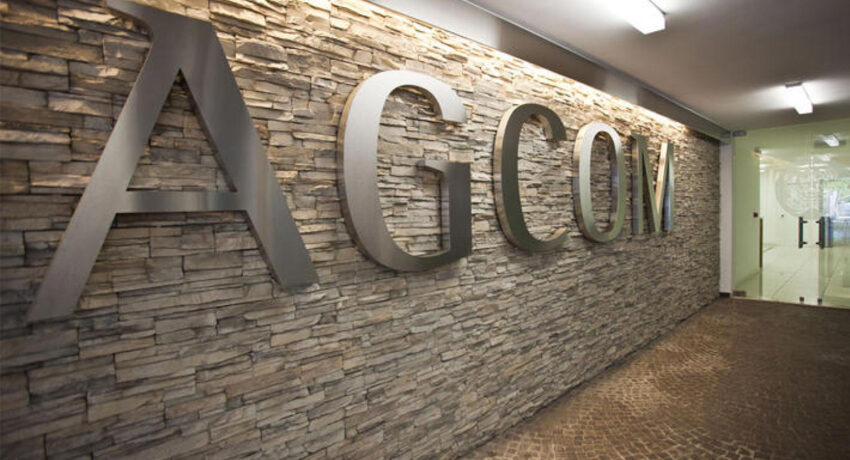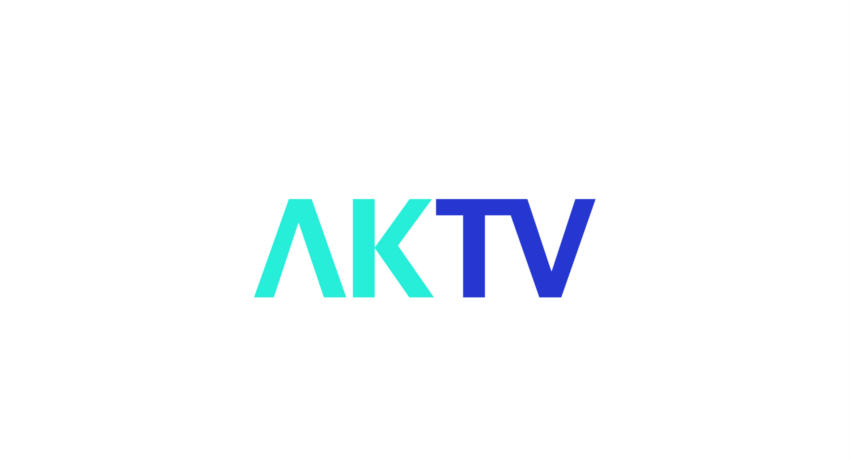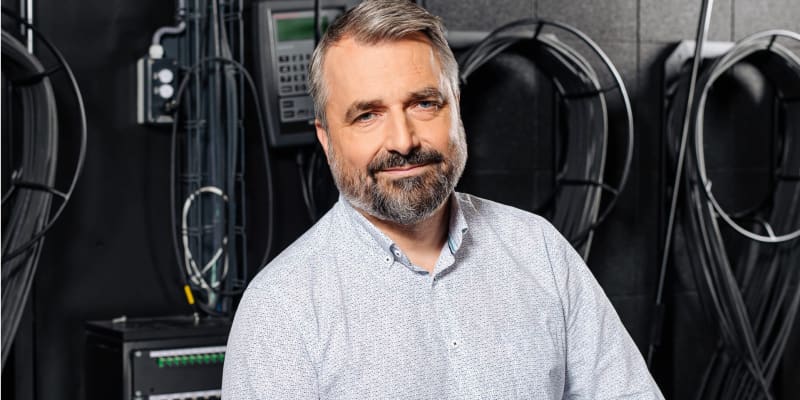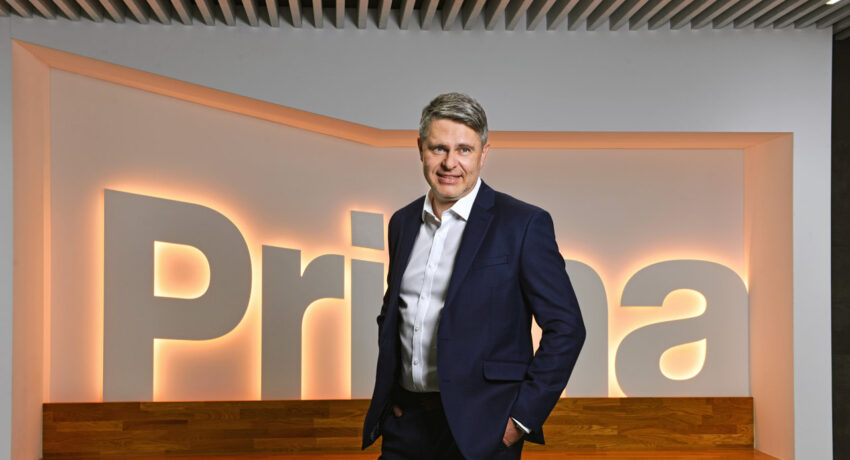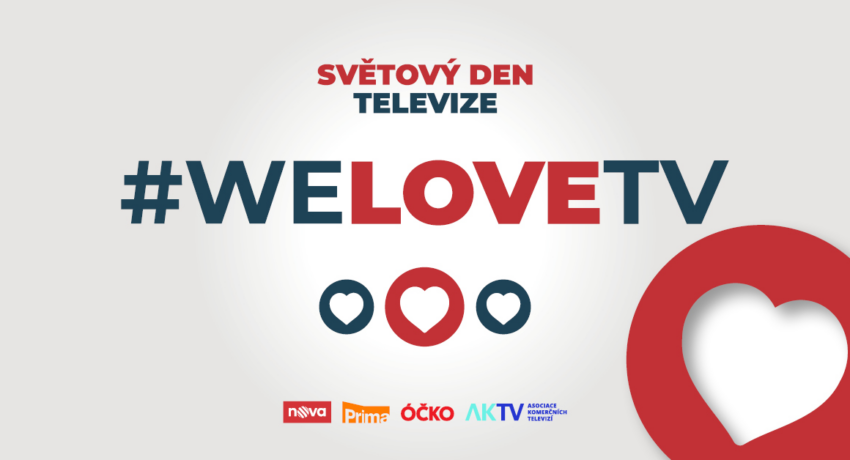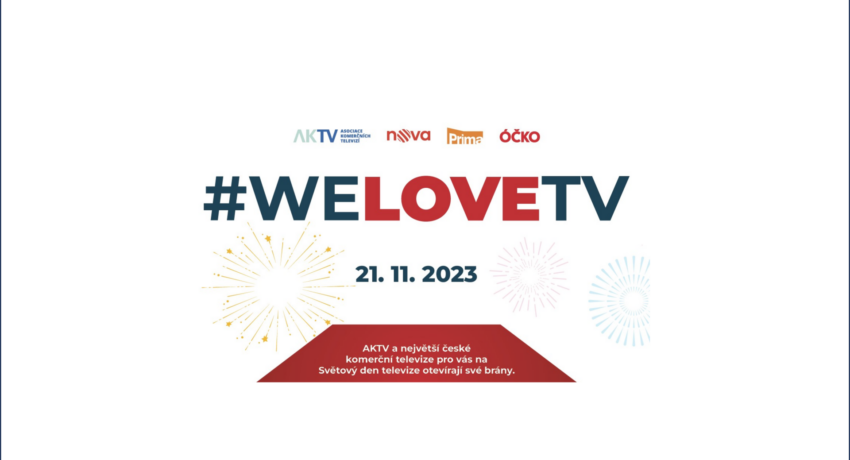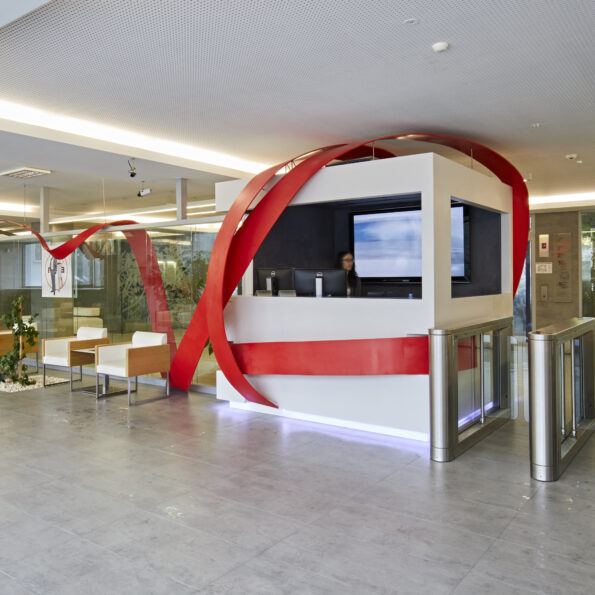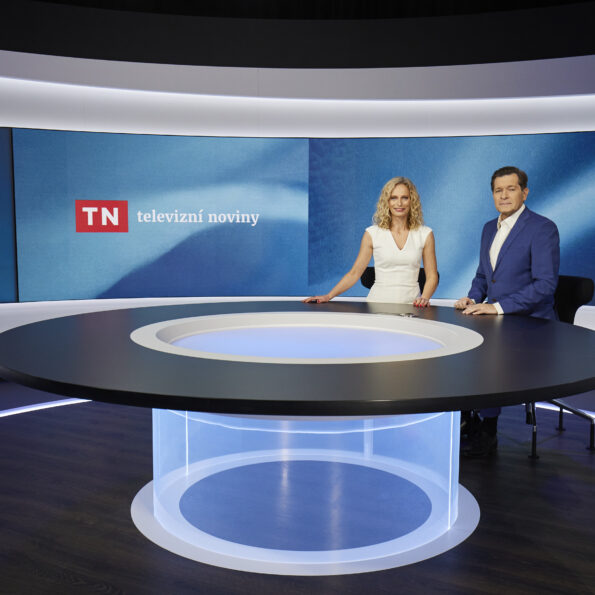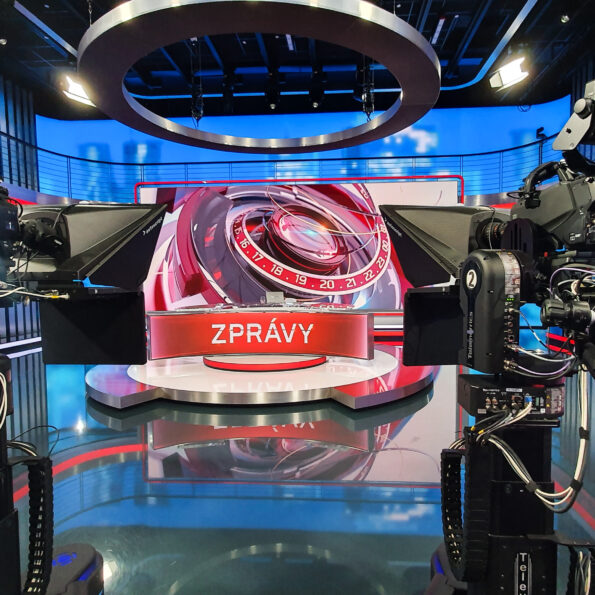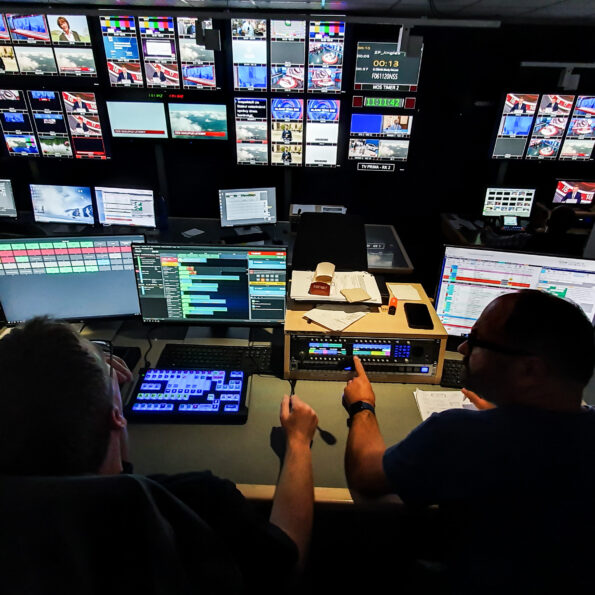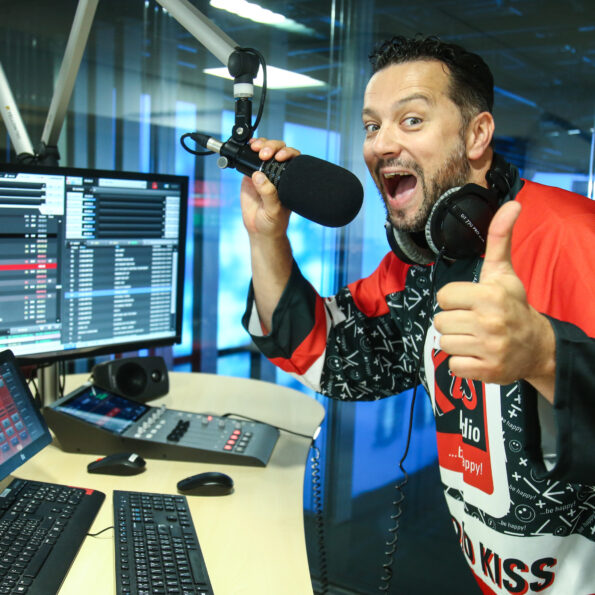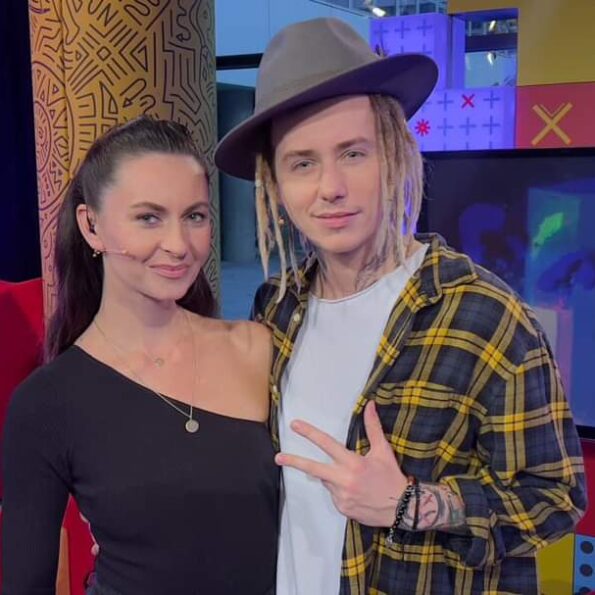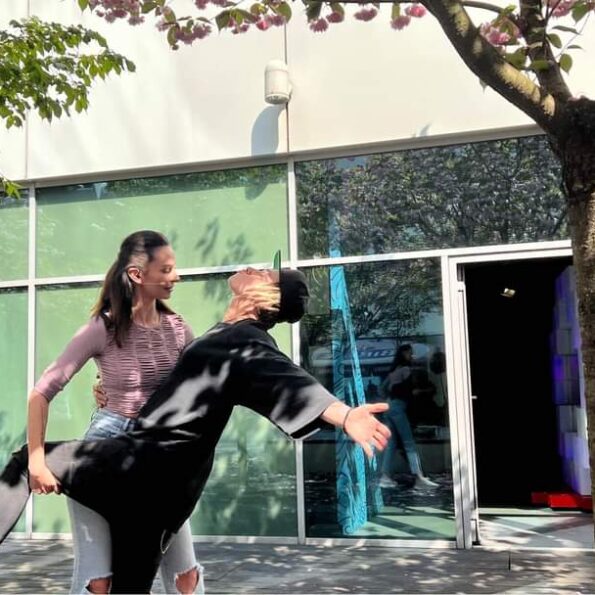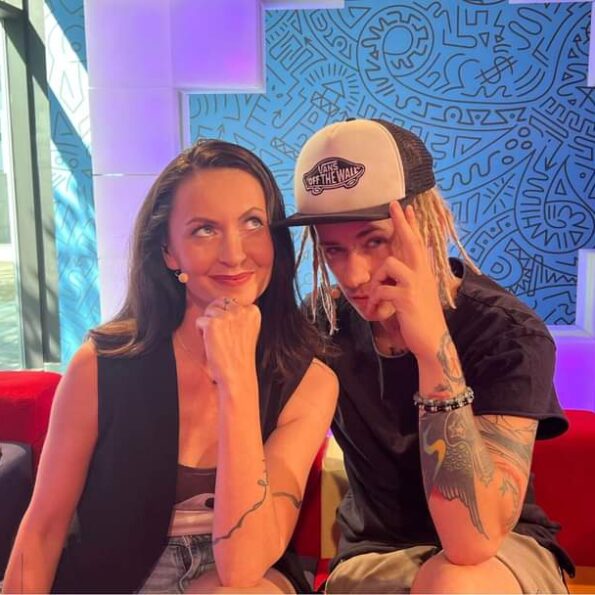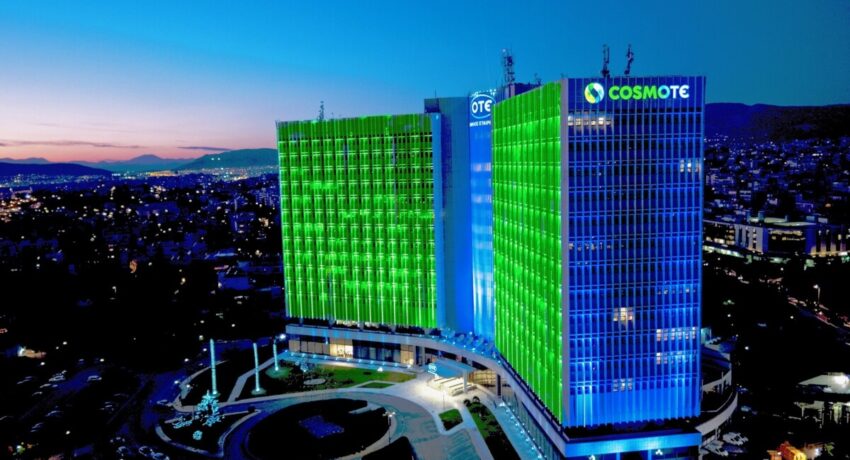It is an incredible sum of between CZK 1.5 and 2 billion a year, says the CEO of Prima group, Marek Singer, about the new revenues for Česká televize (Czech Television) in the form of increased licence fees. And do shows like Stardance fulfil the public service role? We present an excerpt from an interview for the CNN Prima News magazine, which has been on newsstands since 13th November.
Is there still real freedom of speech in the media as we know it from the “golden 1990s”?
Compared to the 1990s, the whole society has become more regulated. If you look back today the 1990s were very specific, and not only in terms of news. It is unbelievable what was broadcast then. Remember [the politically incorrect satirical show] Česká soda. Nobody would air anything like that nowadays because they would get about 20,000 fines from the Council for Radio and Television Broadcasting. And on the top of that, they would get slagged off on social media for being politically incorrect. Back then, it was absolute freedom. I am not saying it was ideal but of course we all liked it in the 1990s. It was just a new world. Now it is, let’s say, more civilised.
Is it better or worse?
I will leave that up to everyone because everyone has their background and is sensitive to something… So yes, some “protection of topics” is probably OK. But everything in moderation, which also applies to any protection and regulation.
You mentioned Česká soda. Today, satire has completely disappeared from czech TVs. It seems to me that under the weight of online hates, everything has become very serious. Have you ever thought of putting on an incorrect programme like Česká soda on Prima?
Of course. But it has to be said that Česká soda has brought together some amazingly talented people at the right time. They were responsive and incredibly creative… The whole context, the whole environment encouraged the show because making fun of everything and everybody is what we Czechs enjoy. And the best thing about it at that time was that suddenly it could be done in public.
And can’t it be done again now?
I think it definitely can. I just think that everybody is locked into their own bubble, and it is obviously related to social media. Satire is so quick to tip over into attacks and counterattacks. And into punishments and penalties. Yes, few people can distinguish right from wrong, smile, rise above it. I just happened to be listening on Spotify to an Indian woman living in Sweden who has a politically incorrect podcast. She said that she often gets into conflicts with her middle child over “racism” because the child is very, very woke – simply unable to understand the nature of politically incorrect humour anymore even though the podcast author is a dark-skinned Indian woman… But she just cannot explain the joke at home.
But it is just an internet podcast. It is hard to say if swedish tv would air the same thing – probably not. There are two worlds: TV and the internet, one highly regulated, the other hardly regulated at all. Is that fair? Should both be more controlled, or should TV be less regulated?
I cannot imagine the internet being regulated any more but on the other hand, I think it should definitely be levelled because I do not see any reason why we should be regulated more than online media. I understood it in the past, TV reach was incomparably greater. We were more dominant. It made sense. But now it is just not true anymore. Yes, online channels have started down a certain path, there has been a kind of self-regulation, everybody does it its own way – Facebook’s regulation is different from what X (or former Twitter) does. I am not saying that self-regulation of these platforms is always good, but each of them is trying to deal with it somehow. And each is also responsible for how good, trustworthy and reliable their product is. So why shouldn’t it be that way in the TV business? Why shouldn’t we get to determine how open we want to be? TV is regulated everywhere in the world. If it was intelligent regulation, why not. But there are some downright archaic moments involving completely outdated standards. For example, we are not allowed to show violence on TV until 10 pm, not a single bad word – yet people on the internet, including children, talk like that at all hours, every day, morning and night.
What else do you think you are allowed to say in public? Is there a limit to freedom of speech, or can we say anything at all, no matter how controversial?
I don’t know. When I was 20, I experienced the revolution, anything was possible then. And it affected me so much that I just think the more freedom there is, the better. And so any kind of regulation for me personally is actually like a return to the old days. On the other hand, I understand that the generations that are growing up now are set up very differently, have a different threshold of sensitivity and a limited ability to work with other opinions. Maybe they need some level of protection so that they just don’t crumble. But I really can’t judge. I have always been more of a believer that everyone should deal with the world around them on their own. But take it as the opinion of a man from the last century.
And how is the media handling this new era?
It depends. There is a general tendency for the media to broadcast opinions, whether editorial or external, instead of providing information. And I am going to go back again to what our main point was when we built CNN Prima NEWS. There are different opinions, it is a boxing match, and you as a medium are the referee. You can’t go into the ring and box for one side. You as a medium just have to supervise the match.
CNN Prima News has been on the market for over three years. How satisfied are you?
I have got the numbers right here with me. In 2020, our viewership was 0.4%. In 2021 – 0.9%. In 2022 – 1.7%. In 2023 – 2%. I think CNN Prima NEWS definitely has the ambition to outperform ČT24 over time. We are doing an attractive newscast. In a good way. Attractive content. Fast, entertaining, explanatory but also engaging enough – plasmas, Magic Walls, use of 3D graphics and other modern technologies, and of course opinions from all sides. The trend of the fast times is fast and attractive news. So we should have a better chance of reaching and influencing more people than the public media. On the other hand, it certainly won’t just be through TV anymore, especially in terms of news, it just has to be a combination of TV, internet and social media. Multi-platform broadcasting.
You have publicly spoken out against increasing the licence fees for Česká televize. Let us recall that from 2025, the fees will increase by czk 25, from czk 135 to czk 160. What’s your biggest problem with this?
What bothers me the most is that even though CZK 25 seems like a relatively small amount, it really isn’t! It is a huge amount of money for Česká televize. If you multiply it by the number of people who will pay, because all the people who have a mobile phone will now pay, you get an incredible sum of between 1.5 and 2 billion crowns a year. I would build a new ČT1 with that money! That amount of money has a major impact on the market. And my question is: Do we need it? Do the Czechs need to put so much money into public media? Petr Dvořák, the former director of ČT, said that ČT needed a maximum of half a billion a year and suddenly it is 1.5 billion. Three times as much? Really?
Some critics have reproached ČT for airing expensive programmes like Stardance, which are more commercial in nature. Does that bother you? Does stardance, for example, fulfil the public service requirements?
The question is what public service requirements and public service roles are. The world has evolved and the definition of public service as it used to be is no longer sufficient. Public service should be redefined more precisely in its entire context, in the context of the new market, and not just in the context of Czech Radio and Czech Television. The new definition may include StarDance, I don’t know. As it is now, StarDance seems to be a commercial project. And that is the problem: Unless we clearly redefine public service as such, you can justify pretty much anything as falling within the concept.
The media market was scared of the crisis, at the beginning of 2023 it was quite retracted. What is the current situation in terms of advertising?
The demand is huge. At least in our company. But again, it has to be said that the situation is opaque. In Germany, for example, the advertising market is down 10% for the second year running. We may have got through the crisis but it is hard to say what will happen next. It looks like the end of the standard cycle: there was a big crisis followed by our recovery, then there was the boom and the next big crisis… It seems to me that it has all turned into a protracted, almost permanent hard time with no significant crashes, no clear waves and no indication when and where it is coming from.
The CEO of the Prima Group talks about the transformation of media due to social networks, the Green Deal, the future of business in Europe and the high ambitions of CNN Prima NEWS. Read the full interview in the CNN Prima NEWS magazine, now on newsstands.
Source: cnn.iprima.cz


